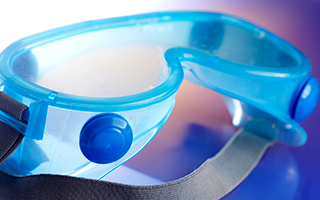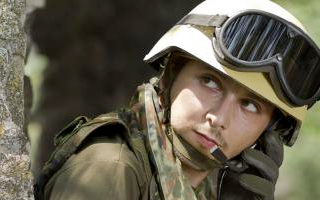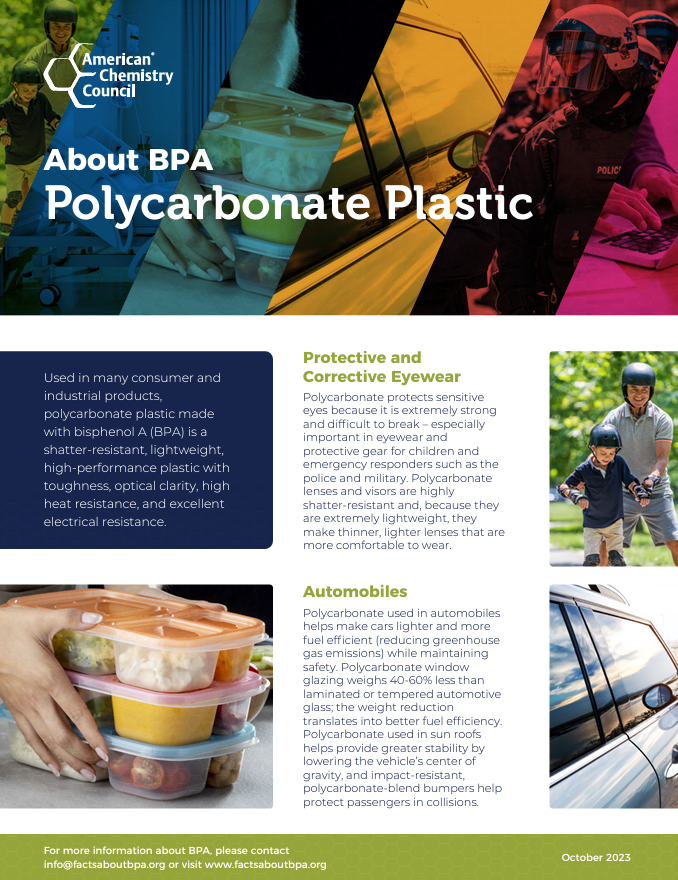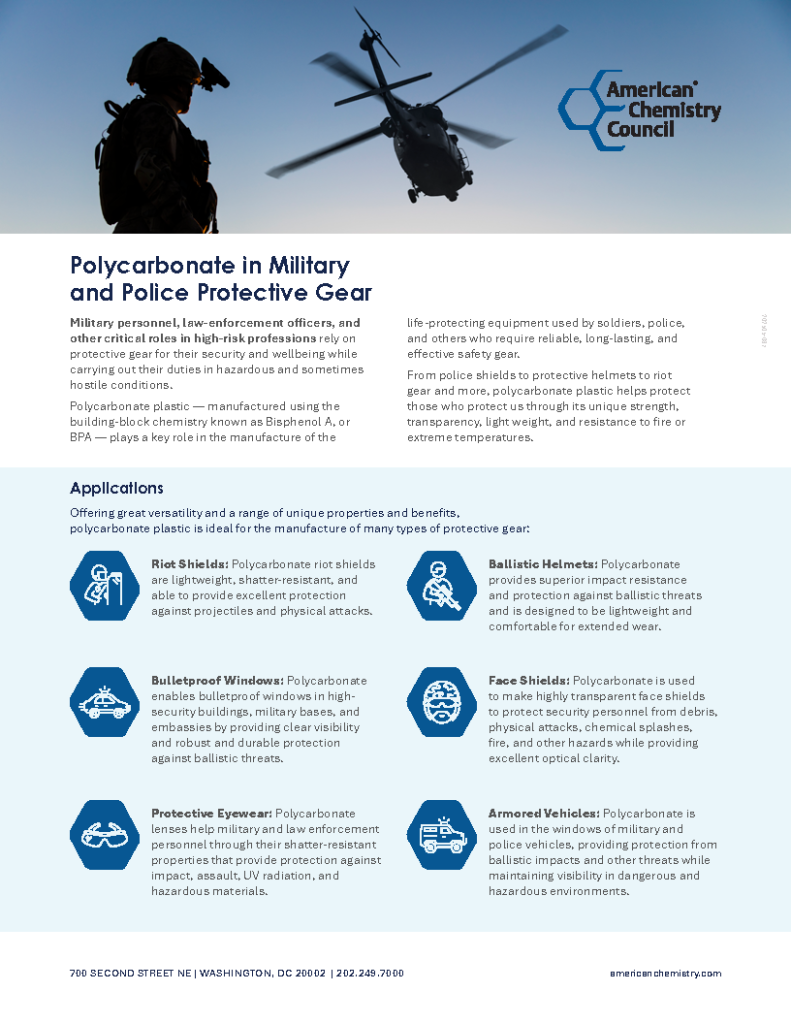Polycarbonate Plastic and Safety Equipment
When it comes to safety equipment, polycarbonate plastic made with BPA is an important material. Sports safety gear, job safety equipment, and military gear all perform better due to polycarbonate’s strength and light weight. Below are some examples of how it makes everyday activities safer.
Protective and Corrective Eyewear

Do you wonder why polycarbonate is used for safety glasses? Polycarbonate protects eyes because it is extremely strong and difficult to break – especially important in eyewear and protective gear for children and emergency responders such as the police and military. Polycarbonate lenses and visors are highly shatter-resistant, and because polycarbonate is extremely lightweight, it makes thinner, lighter lenses that are more comfortable to wear.
Sports Safety Equipment

Strong, shatter-resistant polycarbonate is used to make helmets and protective eye visors for football, hockey, baseball, snowboarding and many other sports to help protect children and athletes from injuries.
Security, Military and Law Enforcement

Life-protecting equipment used by police, fire and other safety personnel are made with polycarbonate plastic. From police shields to helmets to riot gear, shatter-resistant polycarbonate protects those who protect us. Police, fire and other safety personnel regularly use safety materials made with polycarbonate plastics. The clear, protective barriers that surround bank tellers, court officials and heads of state, often called bullet-proof glass, are generally made from polycarbonate plastic with glass cladding or in other grades a layer of polyurethane between polycarbonate layers.
High-strength, heat-resistant composite parts, such as those reinforced with carbon fibers, fiberglass, or Kevlar™, are also made from epoxy resins that use bisphenol A (BPA).

